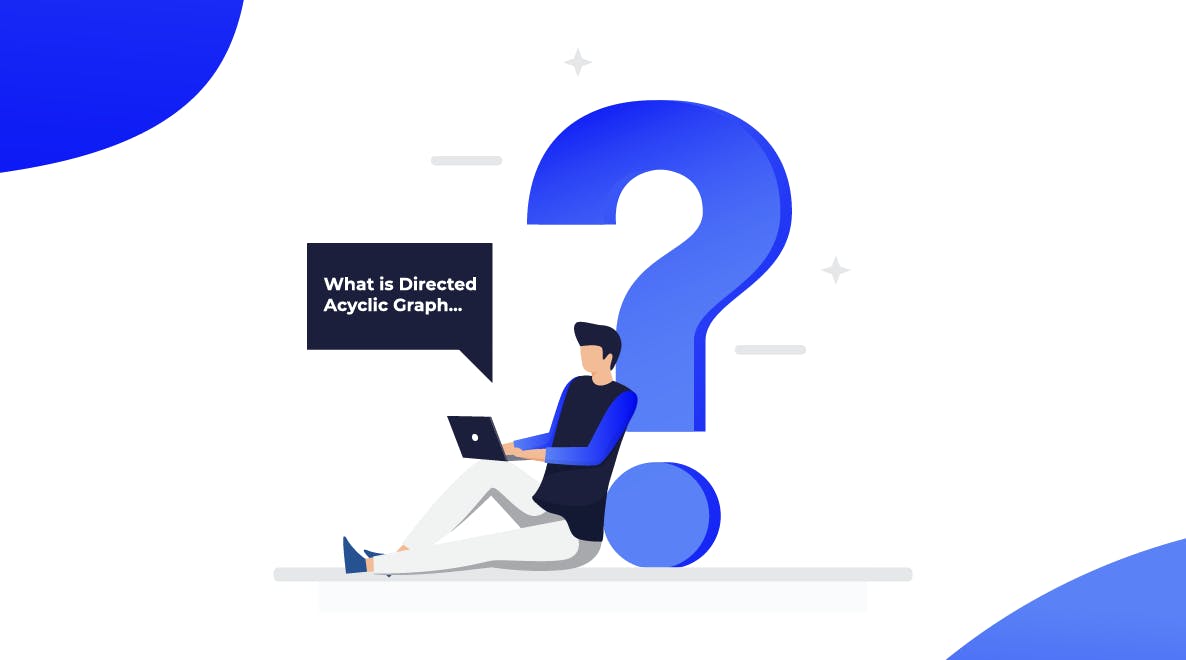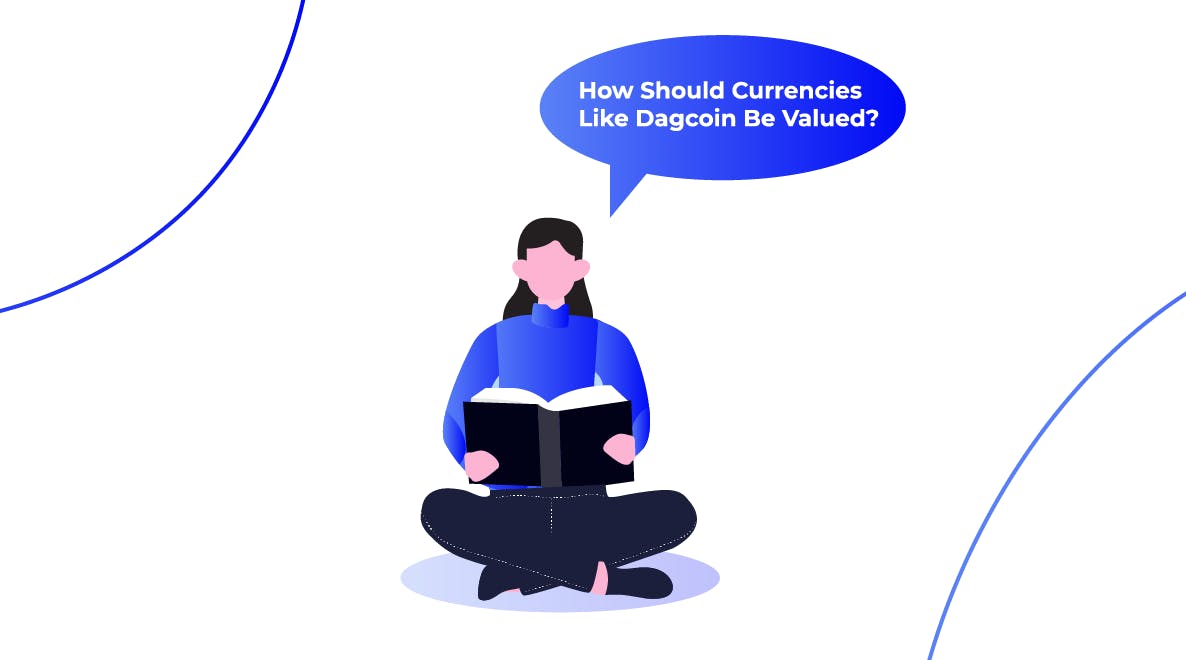Many people assume that the different cryptocurrencies and the technology they’re backed by are all more or less the same, but this is far from the truth. In this article, we will look at the key differences between Ethereum and Dagchain, along with their pros and cons.
What Is Ethereum?
Ethereum was created in 2015. Like Bitcoin, Ethereum is based on blockchain technology. However, Ethereum uses this technology for different purposes.
Bitcoin uses blockchain technology to facilitate person-to-person payments and to keep track of the ownership of its currency. As mentioned, Ethereum does host a cryptocurrency called Ether, but it is probably best known for hosting smart contracts. Smart contracts rely on blockchain technology to enforce agreement terms. For example, a smart contract could be set up to automatically transfer currency to one party once another party has received a specified good or service.
Problems with Ethereum
Like any computing network, Ethereum is potentially vulnerable to attacks. And, because of the anonymous nature of blockchain technology, Ethereum is also vulnerable to misuse by bad actors. The technology has been allegedly abused repeatedly in order to create Ponzi schemes.
In 2018 a dapp called 333 Eth – one of the most popular dapps at the time – was accused of being a Ponzi scheme. It promised its users a lifelong return on their investment and took an 11% cut from its investors, which it said would be used for marketing.
333 Eth isn’t the only dapp to be accused of running a Ponzi scheme on the Ethereum network. PoWH3D, Fomo 3D, and FOMO Short were also described as Ponzi schemes loosely masquerading as games.
What Is Dagcoin?
Dagcoin is substantially different from Ether, Bitcoin, and other cryptocurrencies. We launched it with the goal of creating a decentralized cryptocurrency for use in developing countries. The idea was to help remedy the problems caused by falling currency power and take back power from big banks.
We acknowledged that the public had come to see cryptocurrency as a dangerous get-rich-quick scheme. That’s why we launched Dagcoin; its aim is not to act as a commodity for trading but to serve as an actual currency. Its value is protected from speculative fluctuations because it is based solely on the size of the DAG-chain network.
How Is DAG-chain Different from Ethereum?
DAG-chain attempts to address some of the problems that have come up with blockchain technology:
- Lack of scalability
- High cost of proof of work
- The need for miners
DAG-chain was created to be faster, more easily scalable, and more egalitarian than blockchain technology.
A blockchain is a series of “blocks” of data that are formed by bundling together many transactions. Those blocks are then joined together into a “chain.” In a DAG-chain, each separate transaction forms its own block. The blocks are linked to multiple previous transactions to form what’s known as a directed acyclic graph, or DAG.
DAG-chain technology does not have a need for miners tasked with confirming transactions. Instead, DAG-chain makes each new network member responsible for confirming at least one previous transaction.
This means that DAG-chain lacks the kind of two-tier systems found in many cryptocurrencies, which generally privilege certain groups (usually miners). It also means that there’s an incentive to keep the DAG-chain operating quickly since each new user needs to confirm a previous transaction in order to add their own transaction.
The Takeaway
DAG-chain and Ethereum differ significantly in their uses and purposes. Ethereum is very useful for creating smart contracts and running corporate bureaucracy.
DAG-chain, on the other hand, is intended to host a normal currency, Dagcoin, which is intended for everyday use. It differs from Ethereum in its use of Dagchain technology and its compliance with government regulations. Because of the system’s speed, it is also scalable and unlimited in scope.






